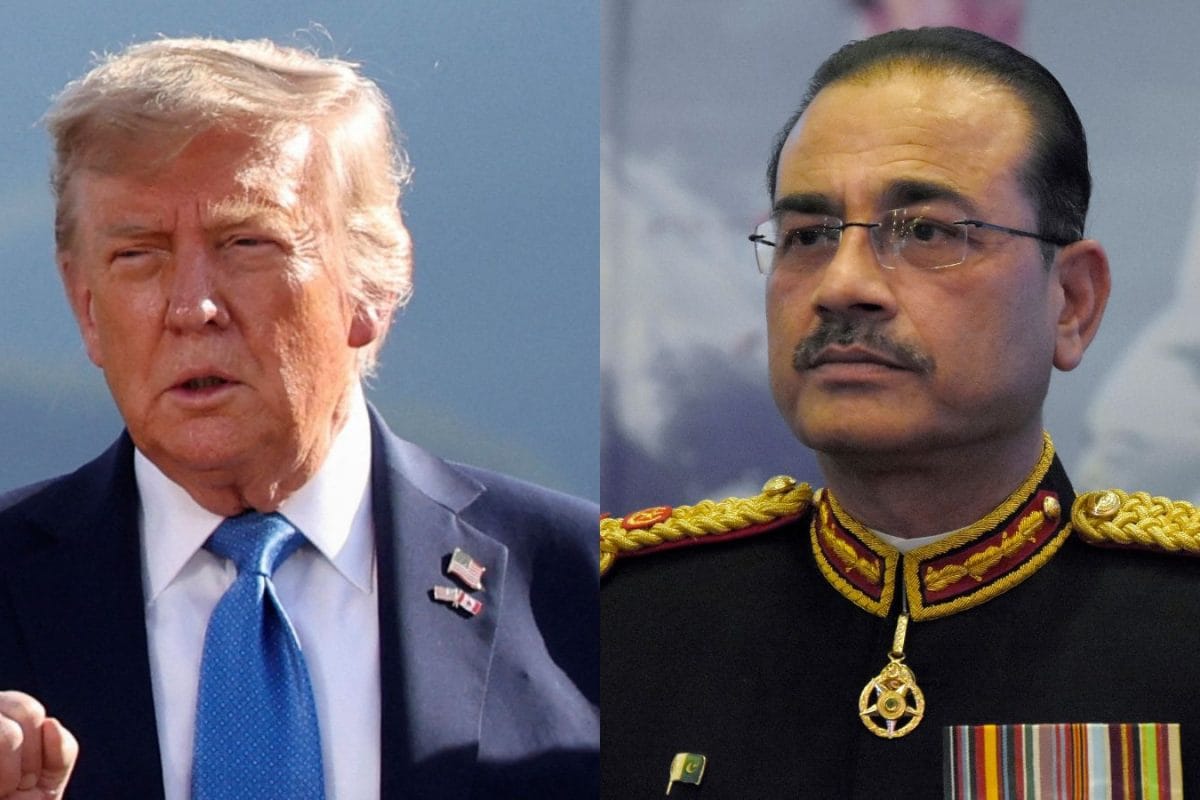

Recent events surrounding Iran, China, and global security have taken a surprising turn, highlighted by a meeting between former U.S. President Donald Trump and Pakistan's Army Chief, General Asim Munir. This exclusive engagement, held at the White House, has sparked considerable debate and speculation, particularly in light of existing security agreements between Iran and China, and the delicate geopolitical balance in the region.
The meeting between Trump and General Munir is noteworthy for several reasons. Firstly, it is unusual for a former U.S. President to engage in such high-level discussions with a foreign military leader without the presence of senior civilian officials. Secondly, the agenda reportedly included discussions on regional stability, the Iran-Israel conflict, and the de-escalation of tensions between India and Pakistan. Trump himself stated he discussed Iran with Asim Munir during their White House meeting, noting that Munir and Pakistan know Iran "very well".
This meeting's significance is amplified when viewed against the backdrop of the 25-year cooperation agreement between Iran and China. This comprehensive strategic partnership, signed in 2021, involves substantial Chinese investment in Iran's economy, particularly in its oil, gas, and petrochemical sectors, in exchange for a steady supply of discounted oil. The agreement also encompasses military cooperation, including joint exercises, training, research, and intelligence sharing, ostensibly to combat terrorism, trafficking, and cross-border crimes. Some reports even suggest the possibility of a Chinese security presence on Iranian soil.
China's involvement in Iran is not new, as Beijing has been a key economic partner for Tehran, especially since the U.S. withdrawal from the Joint Comprehensive Plan of Action (JCPOA) in 2018 and the subsequent imposition of sanctions. China has consistently opposed unilateral sanctions against Iran, advocating for dialogue and peaceful resolution of regional issues. This stance aligns with China's broader strategic interests in the Persian Gulf, particularly its energy security and the Belt and Road Initiative.
The meeting between Trump and General Munir could be interpreted in several ways. One perspective is that Trump is seeking to leverage Pakistan's understanding of Iran to potentially mediate or de-escalate tensions between Iran and the U.S. or its allies. Given Pakistan's close relationship with China and its geographical proximity to Iran, it could serve as a conduit for communication and negotiation. Trump has also claimed that he played a role in preventing a war between India and Pakistan, with General Munir being instrumental in de-escalating the situation from Pakistan's side.
However, this engagement could also be seen as a move to potentially recalibrate U.S. foreign policy in South Asia and the Middle East. By engaging directly with Pakistan's military leadership, the U.S. might be seeking to balance its relationships in the region, particularly concerning its strategic partnership with India, which views China's growing influence with concern.
Furthermore, the meeting raises questions about the future of the JCPOA and the broader nuclear issue. With the JCPOA's looming expiration, discussions about a new nuclear deal are ongoing. China and Russia have both expressed the need to remove sanctions on Iran and have emphasized the importance of adhering to the JCPOA's timeline. Trump's willingness to engage with General Munir on the topic of Iran suggests a potential shift in approach or a desire to explore alternative solutions.
In conclusion, the convergence of Iran's security deals with China and the exclusive meeting between Donald Trump and Asim Munir presents a complex web of geopolitical dynamics. The implications of these events could range from a potential de-escalation of regional conflicts to a realignment of alliances and strategies in South Asia and the Middle East.